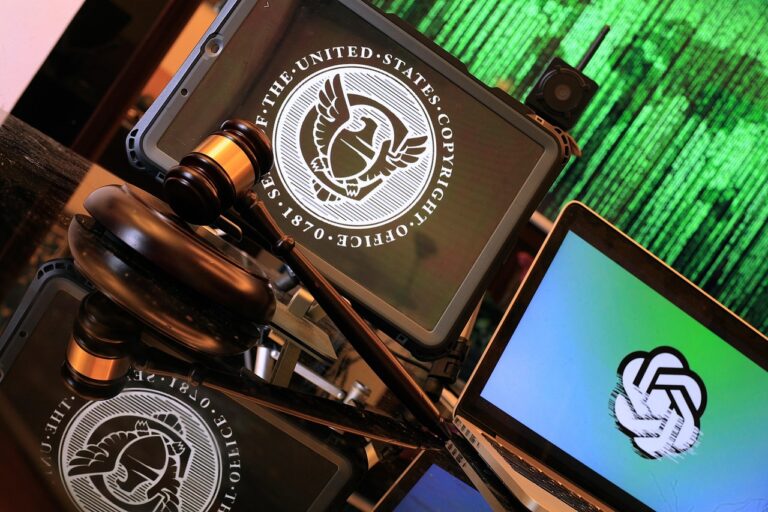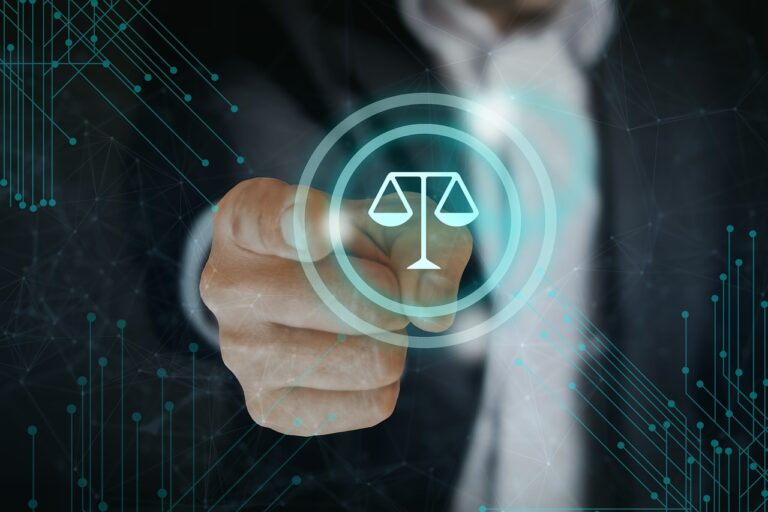The development of artificial intelligence has revolutionized content marketing and is revealing new and exciting ways to apply the technology across various industries. But as we learn more about generative AI, we also learn about the potential risks. The expansion of the deepfake technology and AI created content brings both advantages and ethical, legal and security concerns that cannot be ignored. The international community including governments, businesses and researchers are now coming up with policies to address these challenges as they try to unleash the potential of AI while at the same time controlling the risks that come with it.
The Risks of Generative AI and Their Origins
AI models that generate, such as those from OpenAI’s GPT series and image generation models like DALL·E and Stable Diffusion have shown a surprising level of accuracy in writing, drawing, and making videos. Although, these technologies have numerous possible applications in creativity and business, they also have a number of risks including:

- Misinformation and Manipulation: Generated AI content can be used to create fake news that looks totally real, impersonate real people, or spread misinformation. This erodes trust in the media, can sway political processes, and enable scams that are hard to tell real from fake.
- Privacy Violations: The deepfake technology can create videos or audio clips that can be used for fraud, blackmail or defamation purpose. People’s images can be used without their consent which results in damage of reputation and emotional distress.
- Intellectual Property Concerns: AI generated content raises fundamental questions about copyright and ownership when it is created from human generated training data. There is no clear guidance available on the ownership of works created by AI, which creates legal uncertainties for content creators and businesses.
The Growing Need for AI Regulation
The need for AI regulation is increasing as we realize the risks of generative AI. AI regulation is a complex challenge that needs collaboration between governments, industry leaders, and civil society. Some of the key initiatives include:
- The European Union’s AI Act – The EU has put forward a wide ranging regulatory framework that classifies AI applications into different categories based on the risk they pose and which require more stringent controls on high risk AI systems. This includes very specific rules on deepfake content and AI accountability.
- The United States’ AI Governance Initiatives – The U.S. is adopting a more decentralized strategy with regulatory efforts coming from the Federal Trade Commission (FTTC) and state governments. The focus is on ethical use of AI for consumers, protection and corporate AI responsibility.
- China’s AI Regulations – AI generated content in deepfake technology in China is strictly regulated, and there is a requirement of the marked representation of AI generated content and the prohibition of fake information. Non-compliance results in severe penalties, thus making China one of the most stringent enforcers of AI related policies.
Preventing AI-Content Abuse: Strategies in Practice
In order to use generative AI in a responsible manner, stakeholders must employ regulatory measures, technological solutions, and ethical guidelines in combination. Some effective strategies include:

- Mandatory Disclosure: Generative AI watermarks or metadata should be used to distinguish between AI generated content and content created by humans. Social media platforms can also use automated tools to classify content as generated by AI and inform users when they are interacting with such content.
- Improved Detection Systems: The creation of new AI tools that can help detect deepfake content and flag possible misinformation. New research is being developed to identify shifts in facial expressions, voice tones, and pixels in AI created videos.
- Legal Consequences for Misuse: Governments should establish severe fines for individuals and entities using AI-generated content in a fraudulent or malicious way. There is a need for better equipment and training of law enforcers to prevent and investigate cases of deepfake.
- Public Awareness Campaigns: It is important that people know the risks that come with AI generated content. A media literacy campaign can assist people in learning how to look at information online and spot a deepfake.
The Future of AI Regulation
As AI develops, so must regulatory frameworks to deal with new issues as they arise. To achieve this, governments may have to develop international treaties on AI to set standards for rules across borders. Without global cooperation, regulatory loopholes can facilitate the misuse of AI in regions with weak oversight.
The issue of how to achieve innovation without compromising on moral responsibility is one of the main problems. On the one hand, overregulation may hinder the improvement of AI benefits in various areas, including healthcare, education, and entertainment. On the other hand, unregulated use may increase the rates of fraud, fake news, and various human rights abuses.
When oversite is strong and ethical principles are incorporated, generative AI can be used properly to improve various aspects of life while preventing negative impacts on society. This means that policymakers, technology companies, and researchers must join hands to make AI a vehicle for growth and not destruction. Through early action and an ethical approach to AI, regulators can ensure that generative AI is a means of constructive change instead of a means of deception and abuse.
The use of generative AI can no longer be regulated – it must be. Deepfake technology and AI generated content are only going to get better, and with that the risks of misinformation, privacy breaches, and ethical dilemmas emerge. This paper has argued that governments, businesses and AI researchers must work together to build strong frameworks that will allow AI innovation to thrive while ensuring that there is accountability.
Although there are still problems, it is possible to improve the AI world and get only the best from its development without compromising the ethical issues. By monitoring openness, checking the use of AI, and informing people, we can reduce the chances of AI content being abused and generative AI being used to deceive instead of to improve things.



